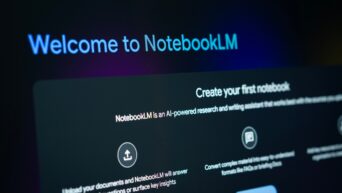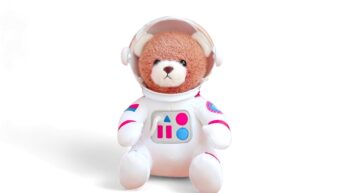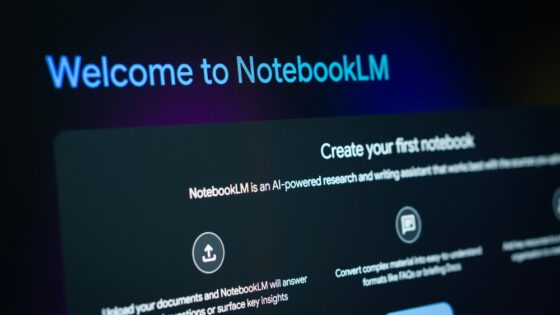Great, one more thing better at Rubik’s cubes than me…
For about a year now, AI research organization OpenAI has been developing Dactyl, a robotic arm design to solve simple problems using artificial intelligence. On Tuesday, OpenAI announced that Dactyl had added a new trick to its repertoire: solving Rubik’s cubes, and one-handed at that.
As with most modern AIs, Dactyl’s needs to be run through numerous simulations before it can actually take a swing at a task. Dactyl was fed multiple simulated instances of speedcubing (which I’ve just learned is an actual term that refers to people who solve cubes quickly) before given a physical cube to try for itself. It took it a little while to find its purchase, but once it had a groove going, Dactyl rolled the cube around its palm, flipping and twisting the blocks with its free fingers. It’s not quite fast or fluid enough to look human yet, but regardless, the writing’s on the wall: an AI can be taught to perform complex physical tasks.
While it didn’t exactly happen overnight, Dactyl’s turnover time in learning to solve cubes is a fraction of what it would take to build a specialized machine or train someone. “Plenty of robots can solve Rubik’s cubes very fast. The important difference between what they did there and what we’re doing here is that those robots are very purpose-built,” OpenAI researcher Peter Welinder told The Verge. “Obviously there’s no way you can use the same robot or same approach to perform another task. The robotics team at OpenAI have very different ambitions. We’re trying to build a general purpose robot. Similar to how humans and how our human hands can do a lot of things, not just a specific task, we’re trying to build something that is much more general in its scope.”
OpenAI hopes that one day, full robots based on Dactyl could successfully work alongside humans.































